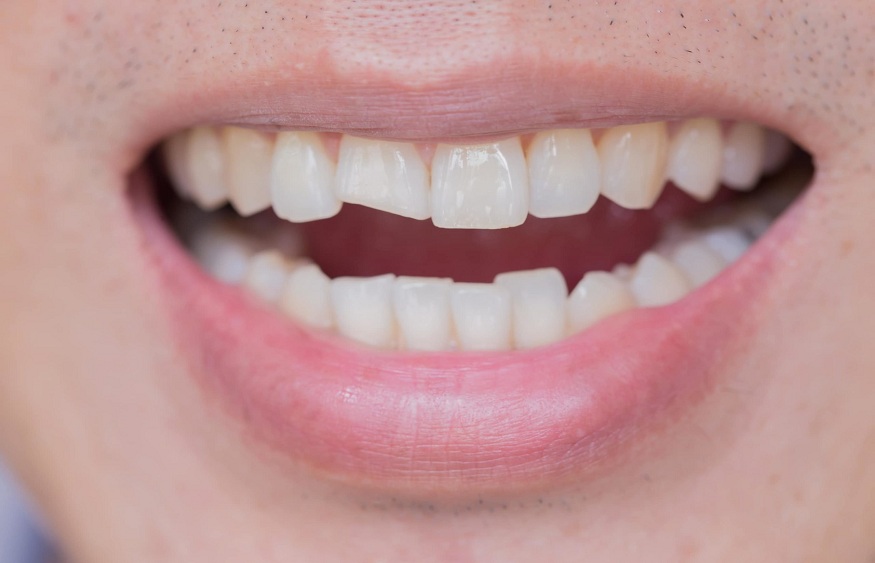
If you’ve had a dental filling placed by a dentist in Kokomo, Indiana, you may wonder how long it will last and when it might need to be repaired or replaced. Dental fillings are a common restorative treatment used to repair teeth that have been damaged by decay, cracks, or other forms of trauma. However, like any other dental restoration, fillings can eventually wear out or become damaged, requiring attention from a dentist. But how do you know when a dental filling needs to be repaired or replaced?
In this article, we’ll explore the signs and symptoms that indicate a dental filling needs attention, as well as the factors that affect its lifespan, to help you maintain optimal oral health.
What Are The Signs and Symptoms of a Failing Dental Filling?
Several signs and symptoms may indicate a dental filling is failing or needs to be repaired or replaced. These include:
- Tooth sensitivity: If you experience sensitivity or pain when consuming hot or cold foods and drinks, it could be a sign that the filling is leaking or has become loose.
- Pain or discomfort: If you experience pain or discomfort when biting or chewing, it could indicate that the filling is damaged or has become dislodged.
- Visible cracks or fractures: If you notice visible cracks or fractures in the filling or surrounding tooth, it’s essential to have it evaluated by a dentist as soon as possible.
- Loose or detached filling: If the filling becomes loose or detached, it’s essential to have it repaired or replaced promptly to prevent further damage to the tooth.
- Staining or discoloration: If the filling becomes stained or discolored, it may be a sign that the filling is leaking or has become compromised.
What Are The Factors That Affect the Lifespan of a Dental Filling?
Several factors can affect the lifespan of a dental filling, including:
- Type of filling material: Different types of filling materials have varying levels of durability and longevity. For example, amalgam fillings tend to last longer than composite fillings.
- Size and location of the filling: Larger fillings or those located in areas of high chewing stress may be more prone to wear and tear.
- Oral hygiene habits: Poor oral hygiene habits, such as infrequent brushing and flossing, can reduce the lifespan of a dental filling.
- Diet and lifestyle: Consuming foods and drinks that are high in sugar, acid, or hard textures can reduce the lifespan of a dental filling.
- Quality of the filling: The quality of the filling, including the skill level of the dentist and the materials used, can affect its lifespan.
When to Repair or Replace a Dental Filling?
Your dentist may recommend repairing or replacing the filling, depending on the extent of the damage.
In general, a dental filling may need to be repaired or replaced if:
- The filling is leaking or has become loose: If the filling is leaking or has become loose, it’s essential to repair or replace it to prevent further damage to the tooth.
- The filling is cracked or fractured: If the filling is cracked or fractured, it may need to be repaired or replaced to prevent further damage to the tooth.
- The filling is causing pain or discomfort: If the filling is causing pain or discomfort, it may need to be repaired or replaced to alleviate symptoms.
- The filling is old or worn out: If the filling is old or worn out, it may need to be replaced to maintain the health and integrity of the tooth.
If you suspect that your dental filling needs to be repaired or replaced, schedule an appointment with your dentist to evaluate the filling and determine the best course of treatment.

 Composite Veneers Versus Porcelain Veneers in Fairhope, AL: Which Option is Right for You?
Composite Veneers Versus Porcelain Veneers in Fairhope, AL: Which Option is Right for You?  Smelly Breath is One Thing, But How Does One Get a Foul Taste in Their Mouth?
Smelly Breath is One Thing, But How Does One Get a Foul Taste in Their Mouth?  5 Reasons Your Dentist Asks to Take Dental X-Rays in Indianapolis, IN
5 Reasons Your Dentist Asks to Take Dental X-Rays in Indianapolis, IN  Cleft Lip and Tooth Development: Understanding the Challenges
Cleft Lip and Tooth Development: Understanding the Challenges  Why Do Some Veneers Look Fake? Tips for a Natural Look
Why Do Some Veneers Look Fake? Tips for a Natural Look  The Benefits of a Family Dentist: Why Choosing a Family-Friendly Practice Matters
The Benefits of a Family Dentist: Why Choosing a Family-Friendly Practice Matters  The Ecosystem of Ease: How Bill Payments Evolved into a Digital Habit
The Ecosystem of Ease: How Bill Payments Evolved into a Digital Habit  How Insurance Apps Are Embedding Themselves Into India’s Daily Payment Flows
How Insurance Apps Are Embedding Themselves Into India’s Daily Payment Flows  A Guide to the Best Things to Do Near Villa Firenze Costa Rica
A Guide to the Best Things to Do Near Villa Firenze Costa Rica  Tennessee Men’s Clinic Discusses the Correlation of Healthy Relationships to Men’s Health
Tennessee Men’s Clinic Discusses the Correlation of Healthy Relationships to Men’s Health